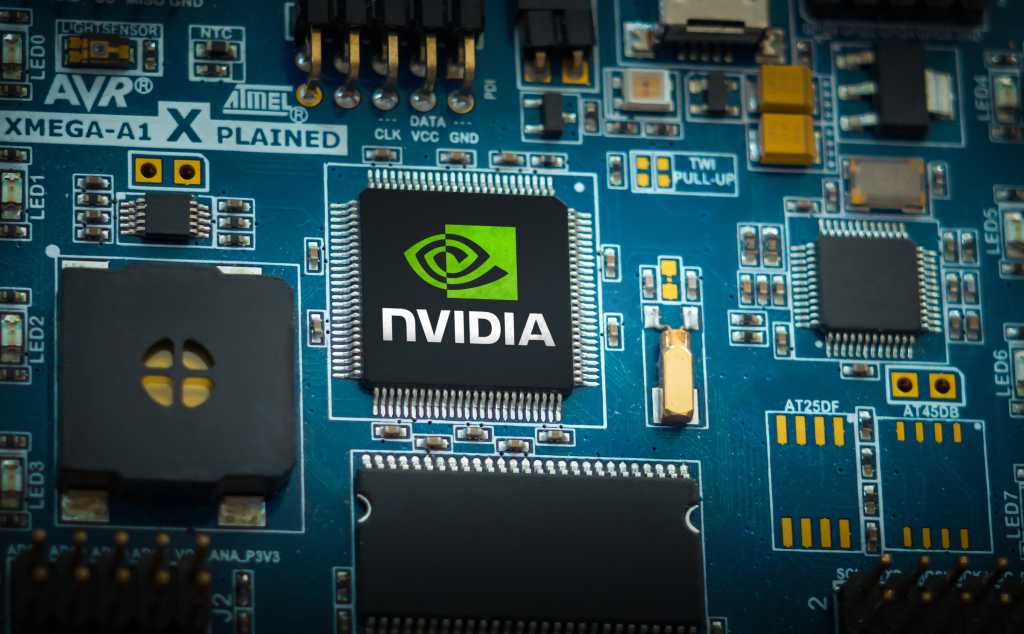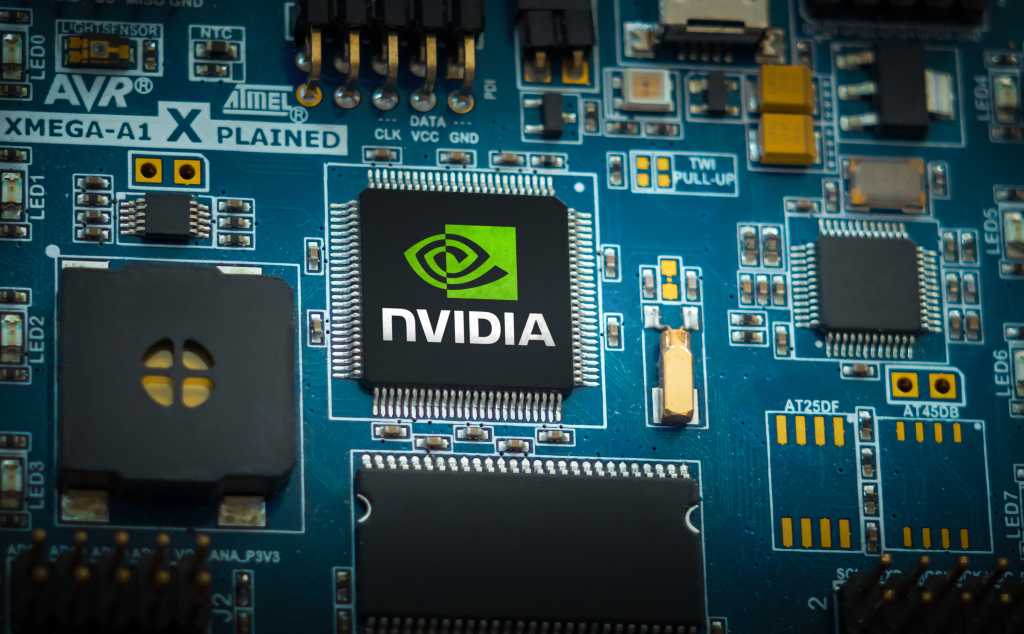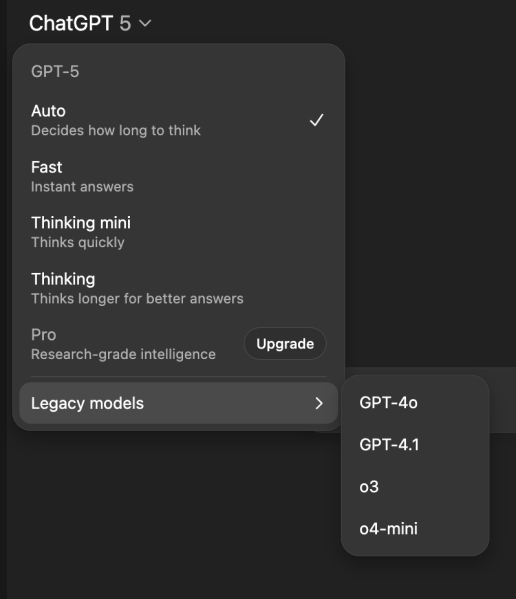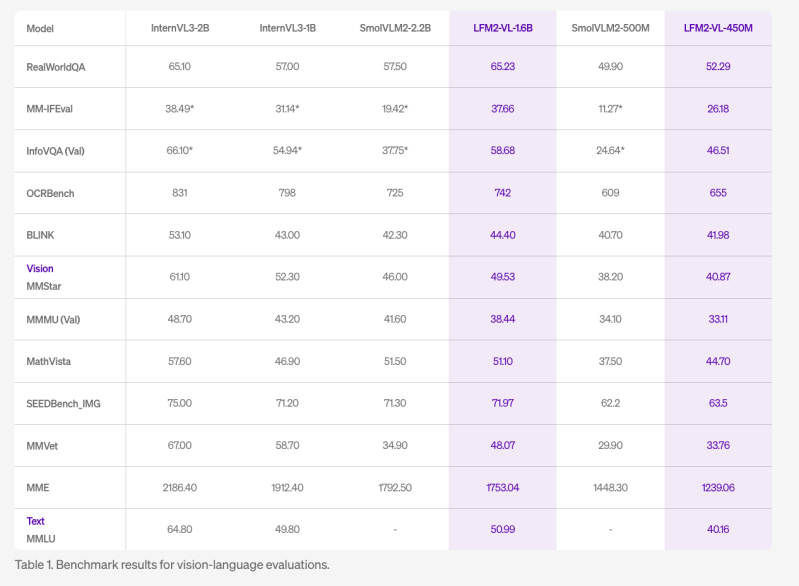
“While AMD’s Radeon Pro series remains a primary competitor, offering strong performance for similar professional workloads, Nvidia maintains its market lead through its mature and widely-adopted software ecosystem,” said Neil Shah, vice president at Counterpoint Research.
He added that the CUDA platform continues to be the industry standard for AI and parallel computing, giving Nvidia a distinct advantage. While AMD’s ROCm platform is progressing, the extensive developer support, documentation, and training available for CUDA allow Nvidia to widen the performance and efficiency gap in a wide array of professional and AI-centric applications.
Shah also cautioned that realizing the full potential of these GPUs requires specialist skills and infrastructure.
“Today’s engineers and data scientists need to be proficient in popular AI frameworks like TensorFlow and PyTorch, but they also need to understand how to optimize their code with Nvidia-specific libraries, such as TensorRT. Enterprises must also be prepared to manage and deploy these GPU-accelerated systems, ensuring that their IT infrastructure, including power and cooling, is capable of supporting the high-performance demands of these workstations,” added Shah.
On-prem AI gains new momentum
Nvidia’s latest small form factor GPUs offer CIOs a way to expand on-premises AI capabilities without major infrastructure changes. The compact and energy-efficient design allows AI and graphics workloads to run locally, reducing reliance on cloud resources, minimizing latency, and improving data privacy.
“The new RTX Pro series compresses enterprise-grade AI capability into a format that can be integrated without electrical rewiring or space retrofits. This creates new options for CIOs managing latency-sensitive or compliance-bound workloads, such as medical imaging, engineering simulation, or financial modelling, to run them entirely within office workstations,” added Gogia.






















